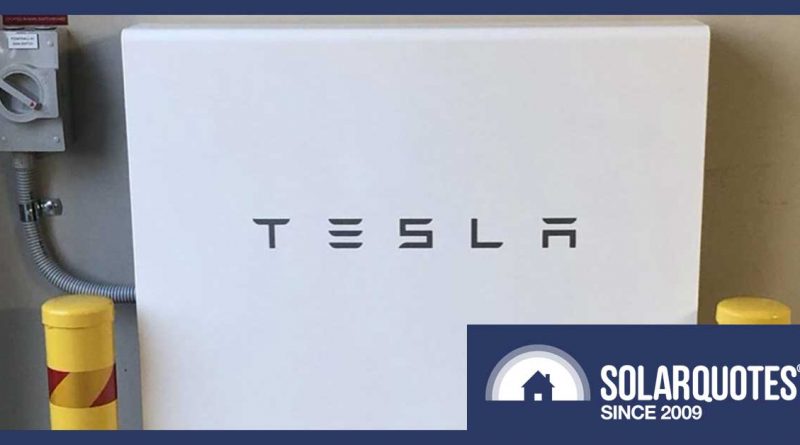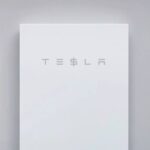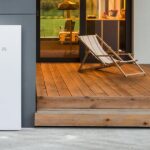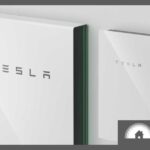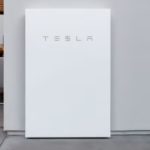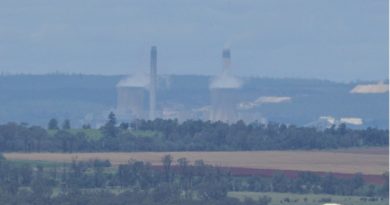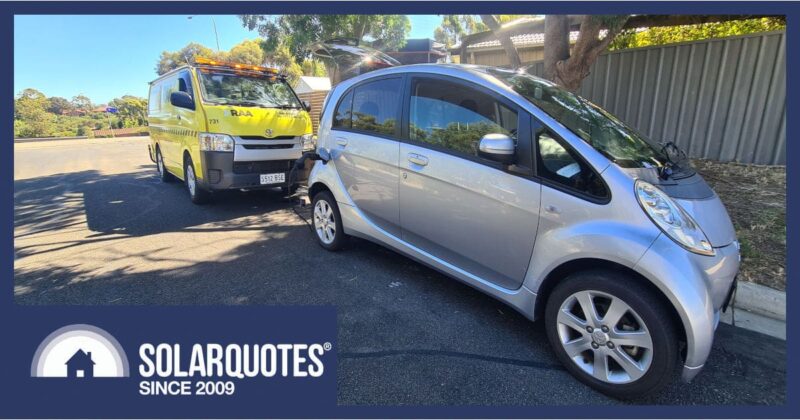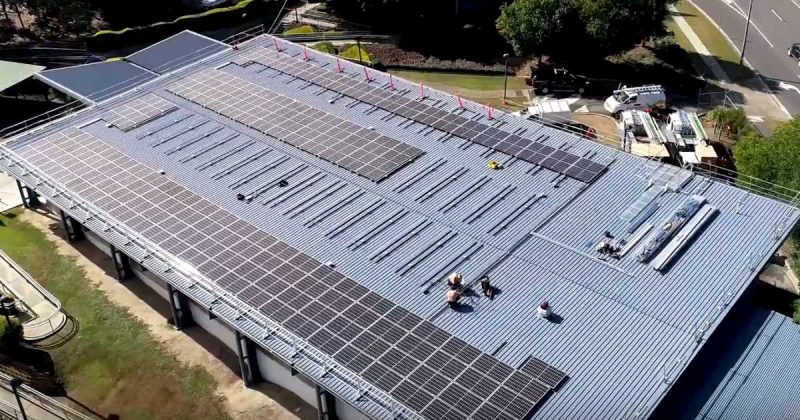Tesla Increases Powerwall Price $800 After Announcing They’ll Halve Battery Prices By 2025
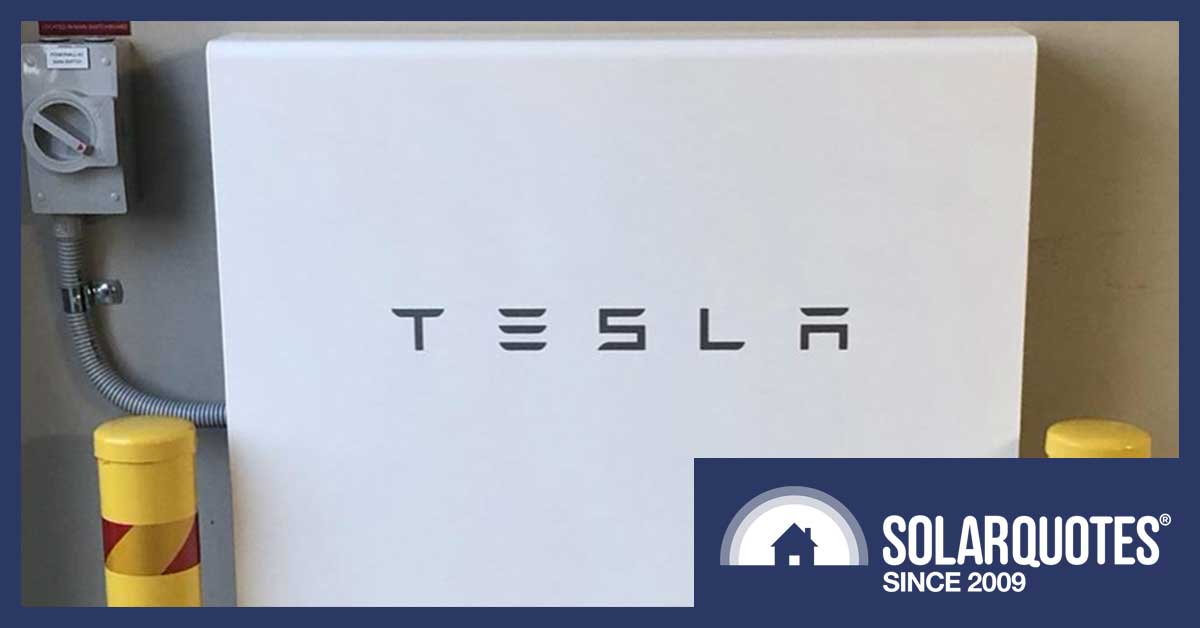
Despite promising to reduce energy storage costs, Tesla keeps increasing the price of its Powerwall home battery.
On September the 23rd I woke up at 5:00 am to listen to Elon Musk’s Battery Day announcement where the world was told Tesla would cut the cost of batteries in half by 2025. We were told they would:
- Lower the cost of battery cells.
- Lower the cost of battery factories.
- Reduce the cost of raw materials required.
So I am feeling miffed that instead of lowering the cost of Powerwall 2 Tesla has instead increased its price by $800. This is a 7% increase and more than the $650 price cut they gave in July last year.
Here’s the price of a new Powerwall according to Tesla’s Australian site at the moment: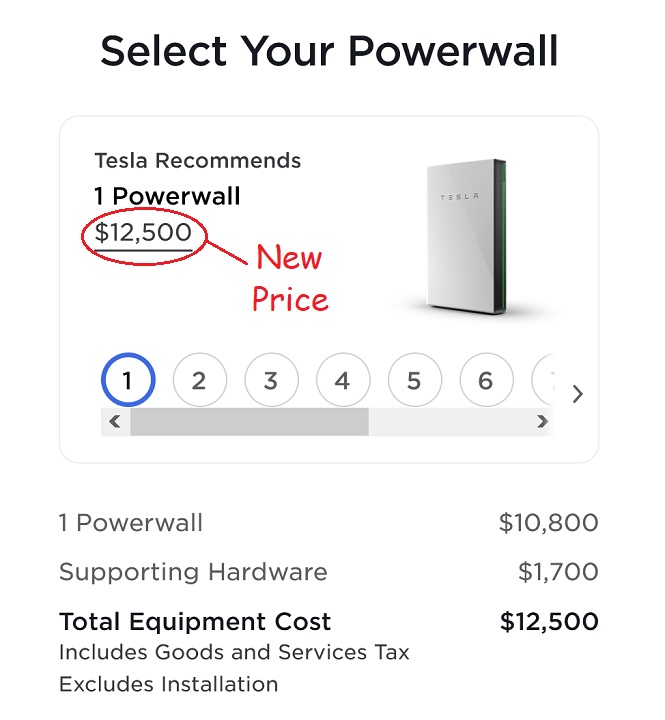
That’s not exactly how they present it. I added the red oval and Comic Sans type saying “New Price” myself.
Here’s the price they used to have:
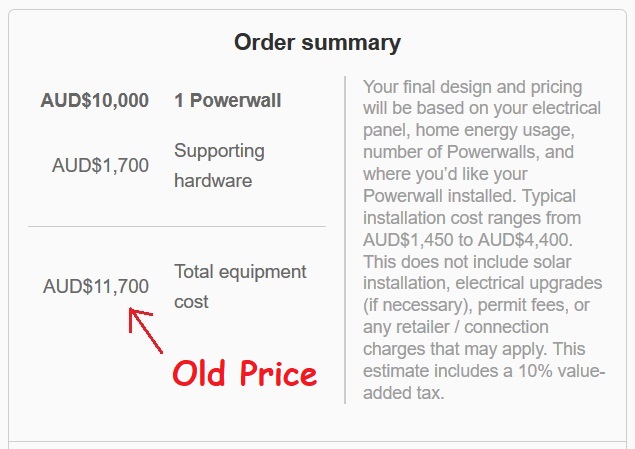
Again, I added the stuff in red. Tesla never had a graphic up stating “Old Price” in Comic Sans.
It seems to me that if Tesla is rapidly driving down the cost of batteries then they should be decreasing the cost of the Powerwall, not pushing it up.
Powerwall Price: Ups & Downs But Mostly Ups
This graph1 show how the Tesla Powerwall 2, despite existing in a world of rapidly declining battery costs, increased its price by 36% since its launch. And that’s after adjusting for inflation:
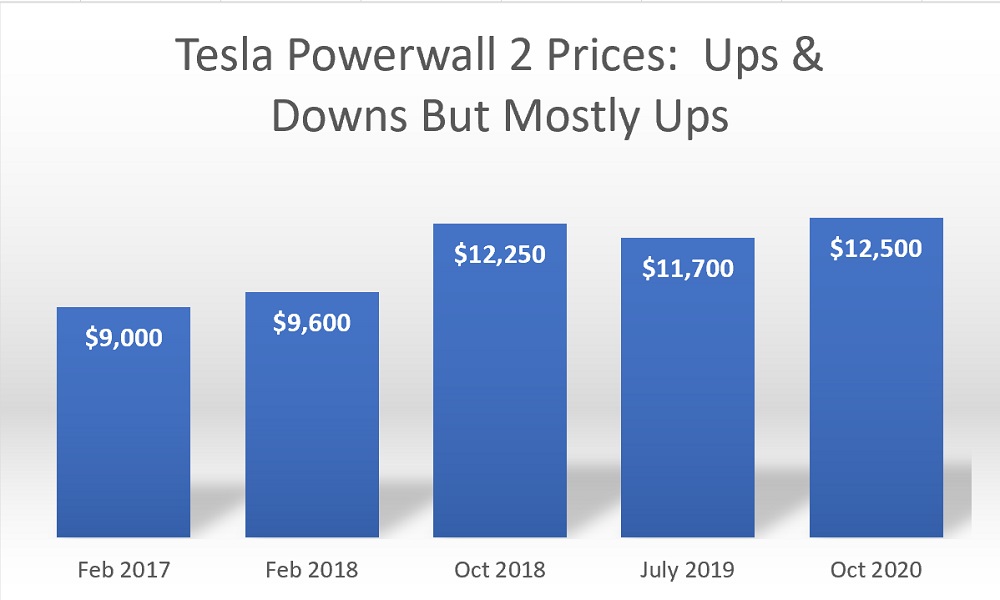
The first figure is a little iffy, as Tesla didn’t give the price without installation; but if we use the same $1,000 price for “supporting hardware” they used a year later then its price was $9,000. Even after allowing for a little leeway on the first price it is clear the Powerwall 2 has done almost nothing but increase in price.
I don’t know why Tesla increased the price so much, but I suspect it’s because the company found making home batteries is very difficult. The Canberra Battery Test Centre’s 7th report showed that, of the 18 batteries they had tested, 83% of were faulty in some way. Faults ranged from requiring repairs or replacement to complete and utter failure to work from day one with no replacement or refund because the company went bust.
Battery Included But Not Installation
The now $12,500 price only covers the cost of the Powerwall and its gateway box and cabling that Tesla calls “supporting hardware”.

One of these images shows the Powerwall 2 and its gateway box. In a real installation, there will be cables between the two and they won’t look as neat.
Installation can easily add over $4,000 to the cost of a Powerwall, with the exact amount depending on how much work your existing switchboard and wiring requires. I know there are people who have been charged much less than that, but I’m not sure the installers doing rock bottom installations have a viable business model.
Under Australian Consumer Guarantees, those selling and installing Powerwalls will be responsible for providing a repair, replacement, or refund for any that fail during their 10 year warranty period and potentially beyond that. If Tesla goes bust, or simply become uncooperative, installers could be on the hook for a hell of a lot. If in five years time President Musk goes mad from too much wacky weed, barricades himself in the White House, and then uses the internet to turn all Powerwalls into bricks — installers who sold the Powerwalls will be on the hook for a repair, replacement, or refund. This applies no matter what happens to Tesla.
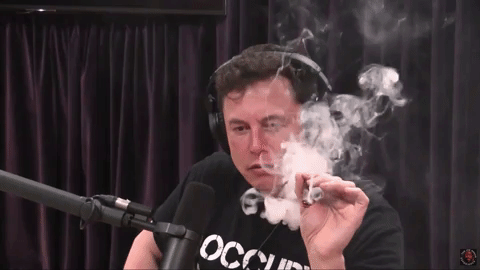
“Nah… I wouldn’t do that.”
Lower Tesla Battery Costs Don’t Apply For Powerwall
One thing I can definitely tell you about Elon Musk is the man has balls of steel.
Here’s one of them being thrown at a cybertruck:
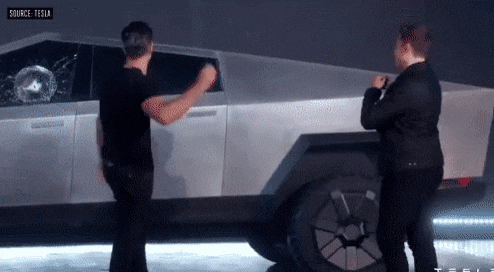
But — besides owning many actual, physical balls of steel — Elon is also ballsy in another way. Just seven weeks ago he hyped a huge Battery Day announcement and stated to the world that Tesla would halve the cost of batteries over the next 5 years – and then in October raised the price of Tesla Powerwalls. Now that’s some chutzpah. If you’re wondering what chutzpah means its definition is killing your parents and then pleading for mercy because you’re an orphan.
In case you missed the Battery Day shindig, here’s a shot of Elon Musk and Drew Baglino, Tesla’s Vice President of Powertrain and Energy Engineering, in front of a image showing how they plan to get a 56% reduction in battery pack costs:
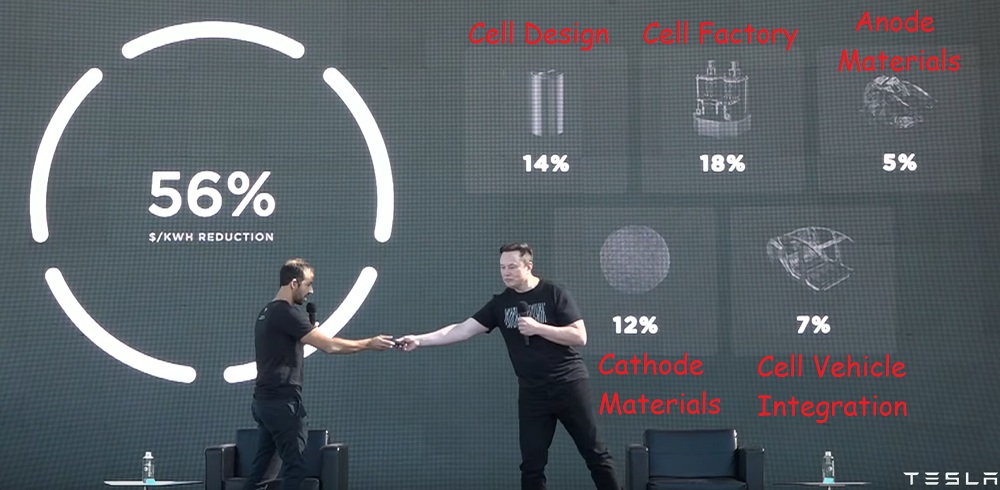
“It’s agreed then… On Libertarian Mars, cars drive you!”
Again, I am responsible for adding the red Comic Sans giving the names of the areas they intend to lower costs.
If you are thinking maybe they just happened to flash the wrong image up behind them, here’s a direct quote of what they said…
DREW BAGLINO: In addition to the improvements we’ve just said on enabling additional range and improving the structural performance of the vehicle, it is worth another 7% dollar per kilowatt-hour reduction at the battery pack level, bringing our total reductions now to 56%, dollars per kilowatt-hour.
ELON MUSK: Yeah.
I don’t know if they had Baglino say that to give Musk some kind of wiggle room if they fail to meet their stated goals, but Elon’s response wasn’t….
ELON MUSK: That’s utter bullshit, Drew.
And he didn’t even say something sarcastic like…
ELON MUSK: Yeah, sure we’ll cut battery prices by that much. Right after we finish our aerial pig project.
Instead he, the CEO of Tesla, agreed with him at a presentation focused on how they are going to cut battery pack prices.
I’m not saying that promising to massively cut battery prices and then immediately raising them with a Powerwall price hike is evil. After all, Elon Musk is a great guy. When I was six he pulled me from a burning car seconds before it exploded. I trust him with my life.
But I do think it is bad business. You’re not likely to convince investors you’re about to slash the cost of your batteries if your first move after your big Battery Day announcement about it is to jack their price up. It’s also not going to convince competitors in China and elsewhere they shouldn’t try to compete with Tesla in the home battery market because it makes it clear the Tesla talk doesn’t match the Tesla walk.
Under 3 Years For $800 Powerwall Battery Pack Cost Decrease
At the Battery Day presentation Musk and Bagalino were referring to electric car battery packs, but nearly all their cost cutting measures should apply to Powerwall packs and so their cost should also decline by around half.
If we believe Tesla will lower the price of Powerwall battery packs by almost half over 5 years then they will have to manage an average reduction of 12% per year2. If it currently costs them $200 Australian per kilowatt-hour to make a Powerwall battery pack, as it’s 14 kilowatt-hours in total, it would cost them $2,800. So after one year the cost of the battery pack should be reduced by $336. After 3 years it would be $892 less. So it would take them less than 3 years of battery cost reductions for the savings to exceed the recent $800 price hike. Since Tesla would also be lowering the cost of the electronics and other components, the time required for an $800 decrease in Powerwall 2 production cost is likely to be much less.
It Was A Sneaky Price Increase
I mentioned the Powerwall price increase occurred in October but I’m only writing about it now in November. This is because Tesla was charging more but didn’t increase the price on their site. This was a bastard move by Tesla that stunk to high heaven and I’d much prefer it if Tesla kept their stinky, high, bastards away from us.
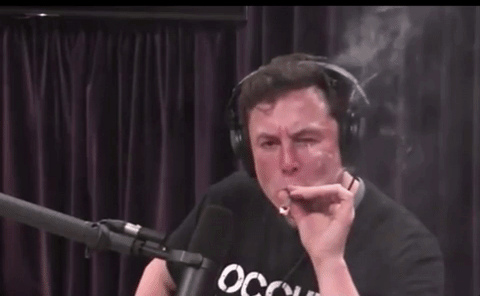
“Hey… I resemble that remark.”
Their perfidy required installers to explain to customers that Tesla had increased the price while Tesla was still showing the old price on their site. It seemed that Tesla was willing to let installers take the blame for the increase. I’m not happy about Tesla increasing the Powerwall price, but if they want to do that it’s their business — quite literally. But this sort of behaviour makes me so angry I could just about suffer a thermal runaway and vent with flame — as they say in the battery business.
US Price Also Up
One good thing I’ll say about Tesla is they have never screwed us over by charging more in Australia for their products than they do overseas. This is the price currently up on the US Tesla site:
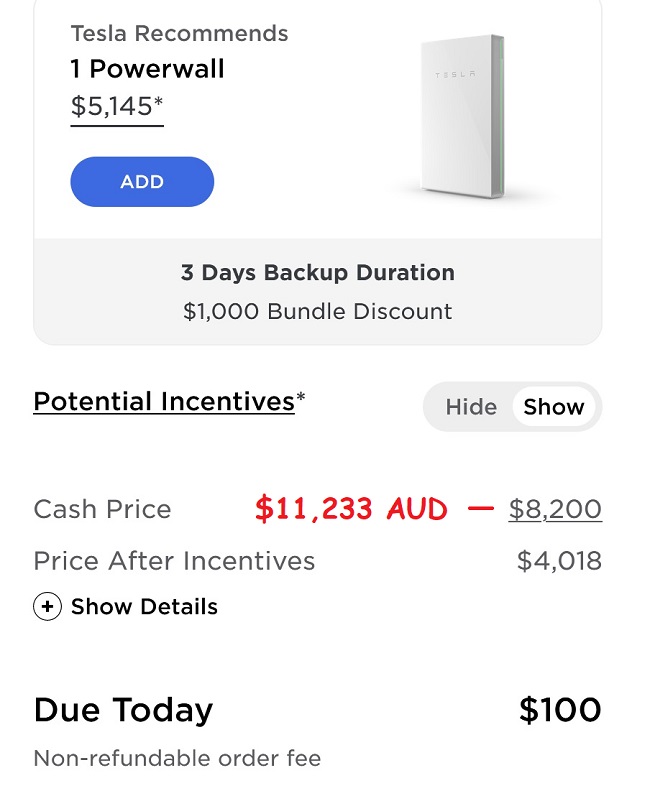
With our 10% GST the US Powerwall price comes to $12,356 Australian dollars. While that is $144 less than what Tesla charges here it’s only a 1% difference and I’m willing to let it slide.
A strange thing I noticed about the US Tesla site is that if you tell it your electricity bill in New York is $81 US a month it recommends you get two Powerwalls. That’s pretty bizarre because electricity in New York costs about around the Australian average. So by Tesla US standards the typical Australian home should have multiple Powerwalls. That’s not something I recommend unless you think Elon Musk should have all the money.
A Fair Market Price?
Most companies don’t charge what they consider to be a fair price for their products. They charge what they think they can get away with. The Powerwall 2 seems to be a pretty good product. So if people are still willing to shell out for them despite the price increase, then they will be voting for the Powerwall with their wallets and Tesla will be rewarded for making a battery system that works well with extra money.
But all human beings respond to incentives and Australians do as well. With the price increase Tesla will sell fewer Powerwalls than they would have otherwise and people will buy more battery systems made in China, South Korea, and other countries that aren’t the United States of Tesla. To me it seems clear Tesla is either unwilling or unable to dominate the home battery market and are positioning themselves as a provider of premium battery systems. There is nothing wrong with a company doing this, but it doesn’t live up to the Tesla hype.
But then if Elon Musk lived up to his hype, right now we’d probably all be smoking dope on the moon.
Footnotes
Original Source: https://www.solarquotes.com.au/blog/tesla-powerwall-price-increase/

